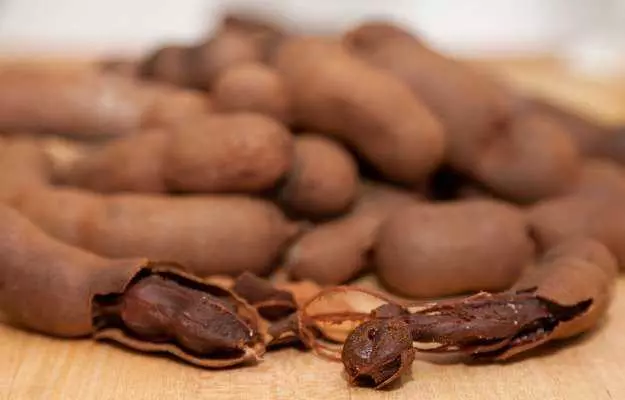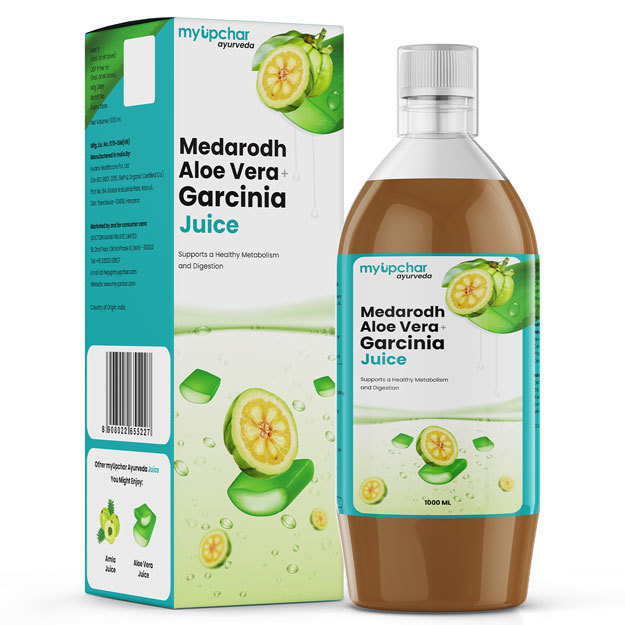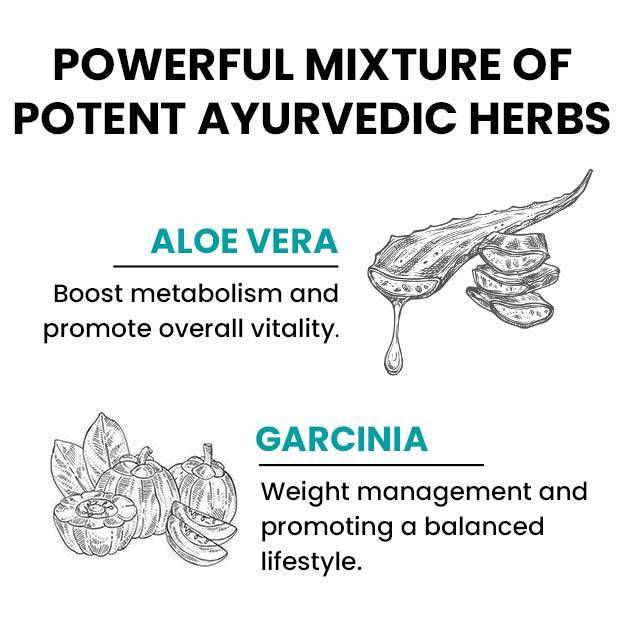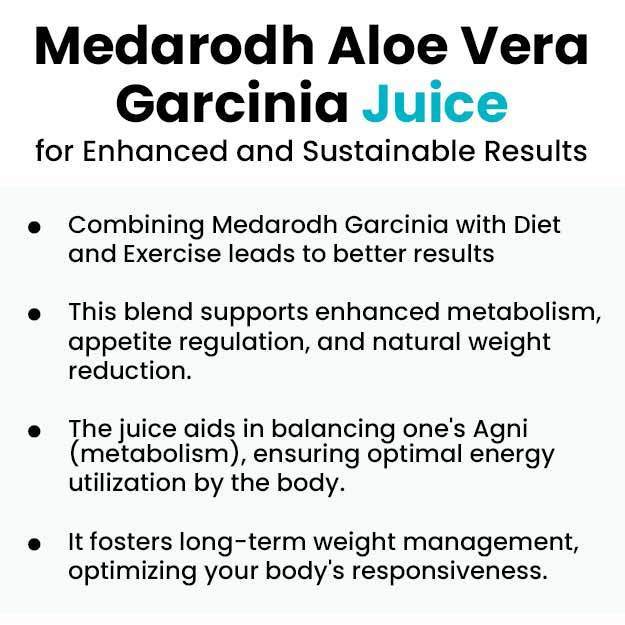Tamarind is a flat and irregularly shaped fruit obtained from the tamarind tree, Tamarindus indica. The brownish tamarind pods have 3 to 12 reddish brown inside a sour and juicy pulp. seeds. The fruit is commonly used as a flavouring agent in cuisines all around the world. Tamarind is popularly known as Imli in India.
Tamarind is a legume belonging to the family Fabaceae. It is native to Africa but India is the largest producer of tamarind in the world. In India, tamarind is cultivated in the states of Maharashtra, Karnataka, Chhattisgarh, Andhra Pradesh, Telangana, and Tamil Nadu. In fact, it is one of the primary ingredients in South Indian cuisine.
Tamarind can be eaten raw or can be added to soups, sauces, curries, and chutneys. Unripe tamarind pods can be used for flavouring rice, fish, and meats, Apart from the pulp, the flowers and leaves of the tamarind tree can also be used in cooking. In many parts of India, imli goli (tamarind candy) is served as a digestive aid after meals.
But tamarind isn’t just a flavouring agent. It has been used as a traditional medicine for ages. Tamarind can help balance cholesterol, keep diabetes under control, can help in lowering blood pressure and it can also prevent certain types of ulcers. Dried and boiled tamarind flowers and leaves are considered an effective medicine for sprains, boils, swollen joints, and conjunctivitis.
Some basic facts about tamarind:
- Scientific Name: Tamarindus Indica
- Family: Fabaceae
- Common name: Tamarind, Imli (Hindi)
- Sanskrit name: चिञ्चा (cinca)
- Native region and geographical distribution: Madagascar in East Africa is believed to be the origin of tamarind. India, Thailand, Bangladesh, Myanmar, Africa, Australia, Central, and South America are some of the countries where tamarind is commonly cultivated.
- Interesting fact: Tamarind pulp is used in temples to polish brass lamps, statues, and plates.

































